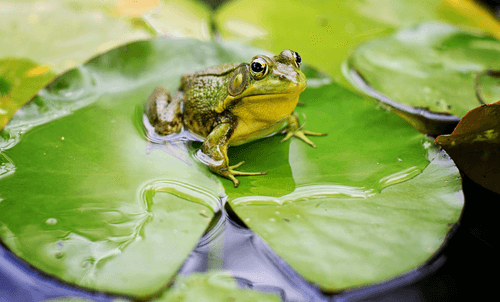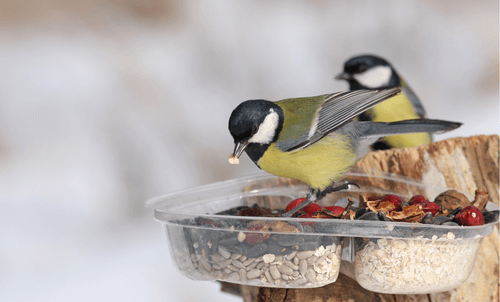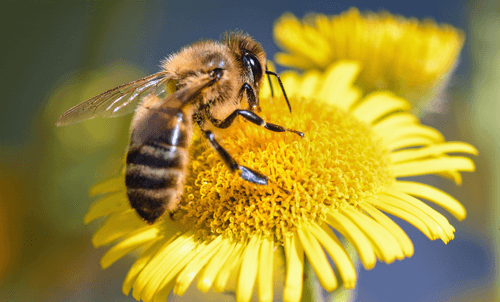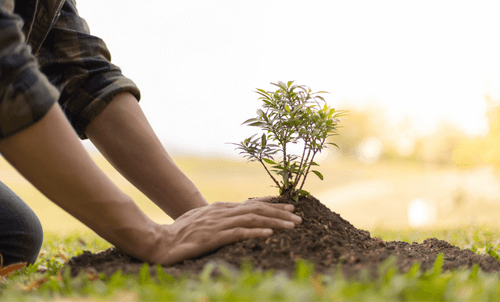Ponds, bees and trees form a key part of our ecosystem. They form an important role in helping nature thrive. We make a difference to local wildlife by building a pond, planting a tree (or sponsoring one) and growing native plants rich with pollen or nectar.
A garden pond, preferably one designed to attract wildlife offers great value to local ecosystems. They will attract pond skaters, water beetles, dragonflies, damselflies and birds (if there is somewhere for them to land and drink). Ponds designed specifically for wildlife will also, in time, attract frogs and possibly newts too. If you would prefer an ornamental fish pond, it may not attract as many wildlife species but it will still offer a valued resource to many.
Autumn is the ideal time to build a pond when the ground is soft. But, even early spring is a good time to dig a pond before the ground warms and dries-out. Dimensions of at least 2m x 2m are considered to be optimal, but wildlife isn’t fussy when looking for a source of water. A pond depth of at least 60 cm will greatly reduce the chances of the water freezing over in winter.
When siting your pond aim to build it on flat ground (to avoid rain water flowing downhill and flooding your pond) in a sunny part of your garden.
Lining a pond with a good quality pond liner is advisable. It will prevent water lose through seepage, withstand UV radiation and less likely to tear.
Add oxygenating plants to reduce algae build-up and to keep water from stagnating. Planting long-stemmed plants such as Irises will provide a safe place for insects such as dragonflies to land and to exit from the water.

Steps to slow the decline in bird populations
According to an article by Scientist and Researcher, Ken Rosenberg published in the Journal of Science, we have lost 3 billion birds over the past 50 years. His research focuses on helping to stop the alarming decline in birds. His theory is that “it is much easier and less costly to be proactive and work on this while birds are still coming.”
We can help birds by:
- Limiting or irradicating the use of pesticides
- Limit our use of plastics and dispose of any plastic responsibly – to avoid birds getting tangled in them
- Put up a bird feeder in a safe place and regularly put out energy rich food
- Plant fruit bearing trees (if you have the space)
- Support bird charities like the RSPB and their valuable research
Birds are a huge asset to farmers because they eat insects thereby keeping crop destroying insect population numbers under control. Birds also play an important role in helping with pollination.

We can help bees by growing plants that produce nectar rich flowers. by growing a range of plants there is the possibility of extending the availability of nectar from spring through to autumn. Plants such as Primrose, Buddleia, Lavender and Marigolds are just a few examples of bee loving plants.
Bees need trees. They provide a source of nectar and offer an essential habitat. Bees use the resin on the trunks of trees to build their nests. Cavities in the bark of trees provides shelter to bees and other insects.

Trees are essential habitats and air-filters
Trees clean the air we breathe. They soak-up excess carbon dioxide from the atmosphere and convert it to oxygen via photosynthesis. Essentially they are the most effective air filters. They also provide a valuable habit for wildlife. Birds nest in trees, bats roost in trunks and insects seek shelter under bark. The resin of trees is used by some bee species to build their nests.

Climate change and extreme weather are driving the decline in bees, birds, butterflies and much of wildlife. We can slow the decline by using whatever outdoor space we have to create a haven for wildlife.





